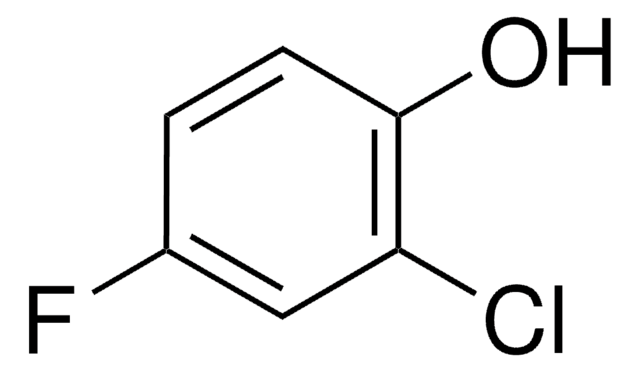255645
Cesium carbonate
99.995% trace metals basis
Synonym(s):
Carbonic acid dicesium
About This Item
Recommended Products
Assay
99.995% trace metals basis
form
powder
mp
610 °C (dec.) (lit.)
application(s)
battery manufacturing
SMILES string
[Cs+].[Cs+].[O-]C([O-])=O
InChI
1S/CH2O3.2Cs/c2-1(3)4;;/h(H2,2,3,4);;/q;2*+1/p-2
InChI key
FJDQFPXHSGXQBY-UHFFFAOYSA-L
Looking for similar products? Visit Product Comparison Guide
General description
Application
- A cathode buffer layer to enhance device stability and power conversion efficiency in polymer solar cells.
- A precursor to prepare alkali-based electrolyte for selective reduction of CO2 by electrocatalysis.
- A base in many organic transformations such as C, N, O alkylation, and arylation reactions.
Signal Word
Danger
Hazard Statements
Precautionary Statements
Hazard Classifications
Eye Dam. 1 - Repr. 2 - STOT RE 2 Oral
Target Organs
Kidney,Adrenal gland,Testes
Storage Class Code
13 - Non Combustible Solids
WGK
WGK 2
Flash Point(F)
Not applicable
Flash Point(C)
Not applicable
Personal Protective Equipment
Certificates of Analysis (COA)
Search for Certificates of Analysis (COA) by entering the products Lot/Batch Number. Lot and Batch Numbers can be found on a product’s label following the words ‘Lot’ or ‘Batch’.
Already Own This Product?
Find documentation for the products that you have recently purchased in the Document Library.
Customers Also Viewed
Articles
Professor Aran discusses engineering graphene-based materials through careful functionalization, enabling diverse applications.
Professor Aran discusses engineering graphene-based materials through careful functionalization, enabling diverse applications.
Professor Aran discusses engineering graphene-based materials through careful functionalization, enabling diverse applications.
Professor Aran discusses engineering graphene-based materials through careful functionalization, enabling diverse applications.
Our team of scientists has experience in all areas of research including Life Science, Material Science, Chemical Synthesis, Chromatography, Analytical and many others.
Contact Technical Service








